What the YOS and COS Measure
20
February, 2020
As we redesign the YOS and COS to better fit the needs of our network, we would like to take an opportunity to offer you a more complete picture of what the YOS and COS data can help us measure and predict about the long-term success of our youth. Understanding everything we currently measure has helped the agency task force prioritize the outcomes of greatest importance to our network, which has guided their work in redesigning and shortening the existing tools.
YOS and cos measures
The YOS and COS are composed of sets of questions called constructs. Each construct measures certain aspects of a Little’s behaviors and characteristics. The current COS constructs measure the following things:
| Construct Name | What It Affects |
| School Connectedness |
|
| Very Important Adult |
(linked to improved grades and decreased delinquency) |
|
Risky Behavior (personal conduct, school misbehavior, bullying, school discipline) |
|
| Emotion Regulation |
|
| Positive Affect (Happiness) |
|
| Protective Behaviors |
|
| Depressive Symptoms |
|
The YOS measures everything the COS measures as well as the following:
| Construct Name | What It Affects |
| Academic Performance (self-reported grades) |
|
| Excused Absences |
|
| Educational Expectations |
|
| Goal Setting and Pursuit |
|
| Social Competence |
|
| Family/Parent Connectedness |
|
| Risky behaviors (substance use, status offenses and illegal activities, police and juvenile justice contact) |
|
| Interests or Sparks |
|
| Life Satisfaction |
|
All of these constructs point back to one or more of our long-term outcome areas: academic success, avoidance of risky behaviors, and social-emotional competence. Our 1995 and 2007 impact studies demonstrated that these were the areas where BBBS mentoring made the greatest difference.
The agency task force is considering which of these constructs should form the basis of our new YOS and COS by determining which constructs we can cut or modify without affecting the quality of our data and our ability to attract funding. As all of these areas are important, you can see that it won’t be an easy job for them! We appreciate their hard work and commitment to this project.
You can learn more about the YOS and COS constructs on The Learning Exchange by clicking here, and about the rationale for each measure by clicking here. If you have any questions about the redesign project, please click here to submit your question the project team.
